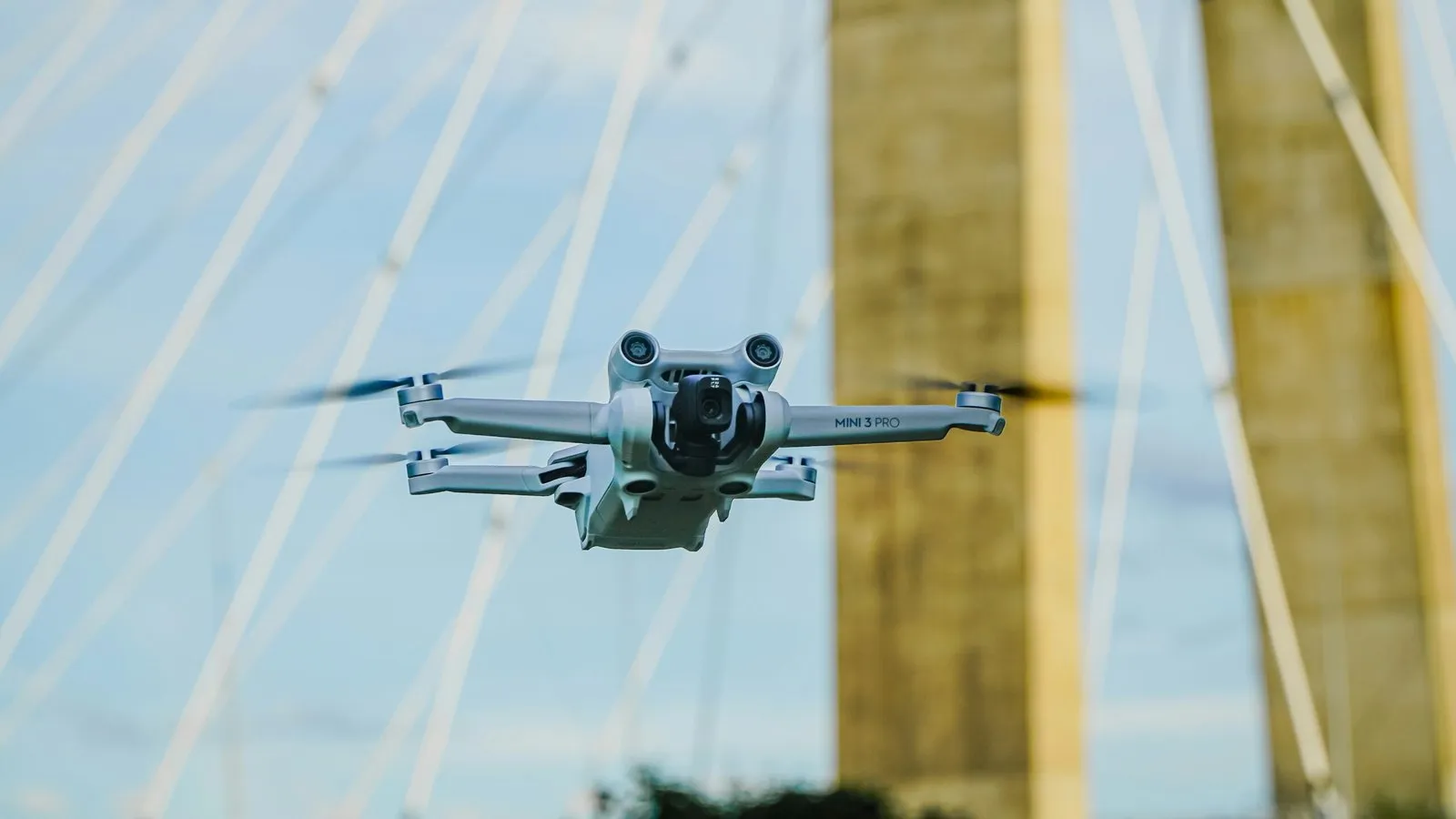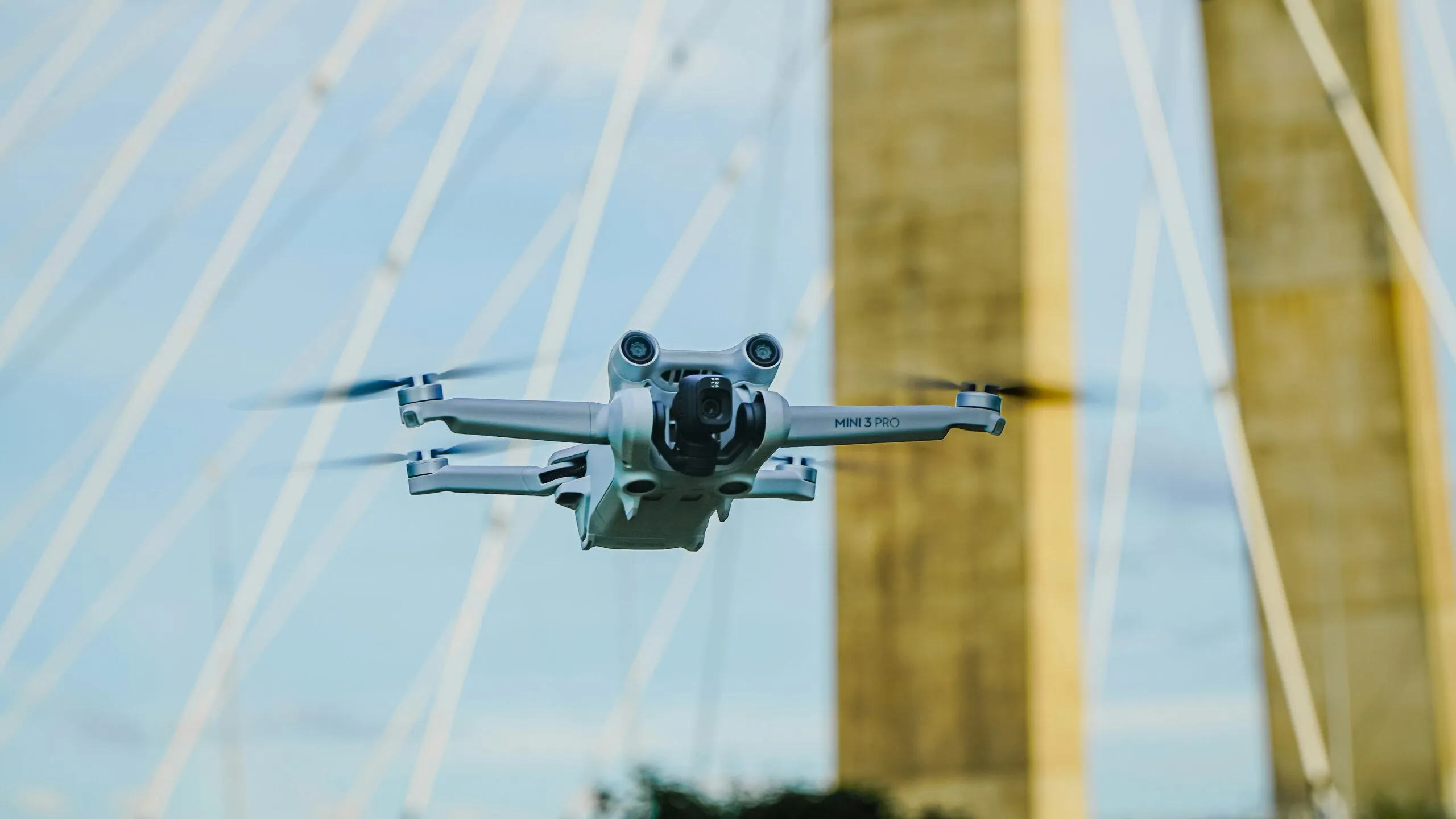
Understanding Your Aerial Videography Needs
When selecting a drone for aerial videography, it is crucial to first define your specific needs. A clear understanding of your objectives ensures that you invest in a UAV (unmanned aerial vehicle) that aligns with your creative vision and practical requirements. Consider the type of videos you aspire to create; for instance, are you focusing on commercial projects, producing content for personal use, or working on professional-grade cinematography? Each category demands different capabilities from a drone, influencing the camera quality, flight time, and overall functionality required.
The environments in which you plan to operate also play a pivotal role in your decision-making process. Drones behave differently under varied conditions; flying in urban settings with strict regulations and potential obstacles will necessitate a drone equipped with advanced navigation systems, while rural and scenic landscapes may allow more freedom for expansive shots and require drones with enhanced battery life and range for longer flights. Understanding these elements will lead you to a drone that performs optimally in your intended settings.
Your current level of expertise with drone piloting further influences the choice of equipment. For beginners, it is advisable to choose a user-friendly model with intelligent flight modes and automated features. Conversely, experienced pilots might prefer drones with advanced control options and superior camera functionalities to achieve high-caliber results. Having a comprehensive picture of your skill set allows you to discern which features are necessary for your intended use, helping you to avoid unnecessary complexities.
In conclusion, clarifying your aerial videography needs is an essential step in the process of selecting a suitable drone. By evaluating the type of content you wish to create, the environments where you will be filming, and your skill level, you can make an informed decision, ultimately enhancing your videography experience. This foundational assessment will guide you toward the drone that best meets your specific requirements.
Key Features to Consider When Choosing a Drone
Choosing the right drone for aerial videography involves examining several critical features that can significantly impact the quality and usability of the footage captured. One of the foremost considerations is the camera quality, which encompasses aspects such as resolution, stabilization, and low-light performance. High-resolution cameras are essential for producing clear, high-quality videos, while advanced stabilization technologies, such as gimbals, help counteract vibrations during flight, ensuring smooth footage. Additionally, good low-light performance allows for capturing quality videos even in less-than-ideal lighting conditions, broadening the shooting opportunities for the videographer.
Another vital aspect to evaluate is the drone’s flight time. A longer flight duration means more time to capture footage without needing to land for a recharge. Typically, most consumer drones offer flight times ranging from 20 to 30 minutes. It is important to consider how often you will need to change or recharge batteries, as this can impact the workflow during shooting sessions. Also, the range of the drone is critical; a wider operating range allows for capturing shots from greater distances, enhancing creative potential.
In addition to the primary features mentioned, other capabilities such as GPS functionality and obstacle avoidance systems can dramatically improve the user experience. GPS aids in navigation and helps maintain the drone’s position, especially in windy conditions. Obstacle avoidance technology can prevent collisions with objects in the flight path, offering an extra layer of safety. Lastly, intelligent flight modes provide advanced features such as follow-me modes, waypoint navigation, and automatic filming options, allowing videographers to focus more on creative aspects rather than manual controls.
By understanding these fundamental features, users can make informed decisions when comparing different drone models for their aerial videography needs, ensuring they select a drone that fits both their skill level and artistic vision.
Budgeting for Your Drone Purchase
When embarking on the journey of purchasing a drone for aerial videography, establishing a realistic budget is crucial. Drones come in a wide price range, catering to diverse needs and skill levels. Entry-level drones, ideal for beginners, can generally be found in the price range of $100 to $500. These models typically offer basic features suitable for casual users who want to explore drone photography without significant financial commitment.
For those seeking higher quality and improved capabilities, mid-range drones priced between $500 and $1,500 offer enhanced functionalities. These drones often come equipped with better cameras, improved stability in flight, and advanced features such as obstacle avoidance and GPS tracking. Such features can significantly elevate the quality of your aerial videography, making it more appealing for both personal use and commercial projects.
For professional videographers, investing in high-end drones that range from $1,500 to over $5,000 may be necessary. These sophisticated models typically boast superior camera systems, greater payload capacities, and extended flight times, allowing for extensive filming and creativity. Moreover, professional drones often provide advanced capabilities like live streaming and high-resolution image capture, essential for serious videography projects.
While initial purchase price is a crucial factor, it’s also vital to consider long-term costs associated with drone ownership. Regular maintenance, replacement parts, and additional batteries can add to the overall expense. Accessories such as carrying cases, filters, and improved propellers can also enhance your filming experience but must be factored into your budget as well. Therefore, carefully assessing both your immediate purchasing power and future costs will enable you to strike a balance between quality and affordability in your drone selection.
Regulations and Safety Considerations
When selecting a drone for aerial videography, it is imperative to familiarize oneself with the regulatory landscape governing drone usage. Each country and region has established specific laws and guidelines that dictate how and where drones can be operated. In the United States, the Federal Aviation Administration (FAA) regulates drone activities, outlining requirements such as registration for drones weighing over 0.55 pounds and adherence to specific flying altitudes and zones. Failure to comply with these regulations may lead to penalties or fines, making it crucial for drone pilots to stay informed about local laws.
Additionally, flying restrictions often arise in urban areas, near airports, or within restricted airspace zones. Drone operators should utilize tools and applications that offer real-time updates on no-fly zones. By understanding these regulations, drone users can avoid potential legal issues while enhancing their videography opportunities in compliant areas.
Moreover, safety protocols play a vital role in ensuring a secure and responsible approach to aerial videography. Before launching a drone, pilots must conduct thorough pre-flight checks, which include inspecting the equipment for malfunctions and ensuring the battery is adequately charged. Awareness of surroundings is equally important; this means being conscious of other aerial activities, wildlife, and any individuals in the vicinity. It is the pilot’s responsibility to ensure that their operations do not pose a risk to people or property below.
Moreover, establishing a clear understanding of your responsibilities as a drone pilot also entails maintaining visual line of sight with the aircraft during operations and being prepared to respond to unforeseen circumstances such as sudden weather changes. By prioritizing regulatory compliance and safety, aerial videography enthusiasts can capture stunning footage while fostering a respectful relationship with the communities they engage in.
